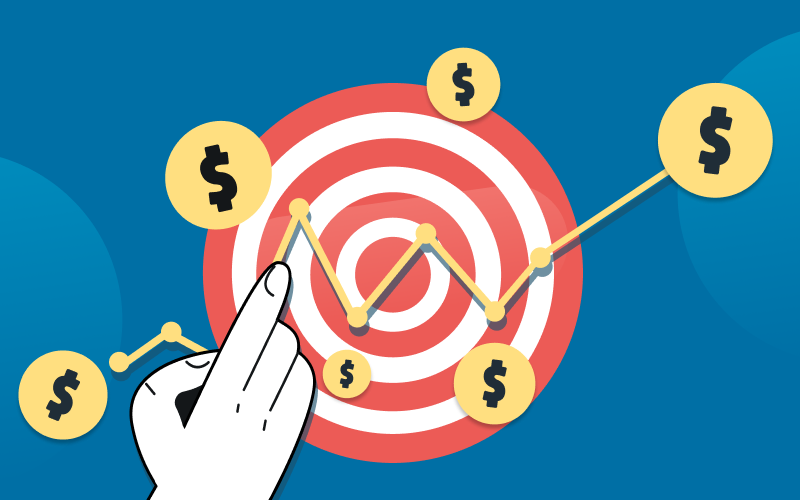
The most common challenges in startup cash flow forecasting & how to avoid them
Learn more ->
In Finance, the index of the many account types used in a company’s general ledger is called a chart of accounts (COAs). This is essentially a list of all the accounts used to track every transaction that occurs within an organization.
COAs are organized into categories based on the type of account being tracked, such as cash, receivable, inventory, long-term investments, taxes payable, etc.
The purpose of a COA is to provide a digestible breakdown of the financial transactions that occurred within a certain period of time. For example, business leaders might want to see how much money came in each month versus what went out. Or maybe they just want to know where their profit margins stand compared to last quarter. Whatever the case, a COA will give them the information they need without having to wade through hundreds of lines to find the right numbers.
Businesses use chart of accounts (COA) to manage their financial statements and provide shareholders and other interested parties with a clear understanding of their financial health and performance.
A COA helps companies separate their spending and revenues while giving them an easy way to track how much money they spend, what they spend it on, and whether they make enough profit to pay off debts and keep up cash flow.
The COA lists each account a company owns in the order that those accounts appear in its financial reports. Balance sheets, asset accounts, liabilities, shareholders’ equity, and notes payable are usually listed first, followed by income statements – revenue accounts and expenses.
A chart of accounts typically includes a name, description, and id code to make it easier for readers to understand. Besides, accounting standards dictate that it has to be structured according to the type of transaction recorded in each account to better comprehend what the business does, how it generated income, and how it manages expenses.
A well-designed chart of accounts should separate all the companies’ most important financial accounts over time, and allow company managers to easily see how each one relates to the others. This makes it much easier to understand what happens to money throughout the course of the month, quarter, or year. It lets executives see where the cash flows are coming from and going, plus it helps organizations plan for future expenses and projects.
The chart of accounts is intended to be a map of the entire organization, showing all the different departments and divisions within the company. It lays out the relationships between the different parts of the business. For example, the chart might show the relationship between sales, marketing, customer support, finance, human resources, legal, IT, and operations.
This type of chart doesn’t just help keep track of the finances; it also gives insight into how the business functions. This makes it easier for companies to make decisions on whether to spend money on a particular project or save it for later.